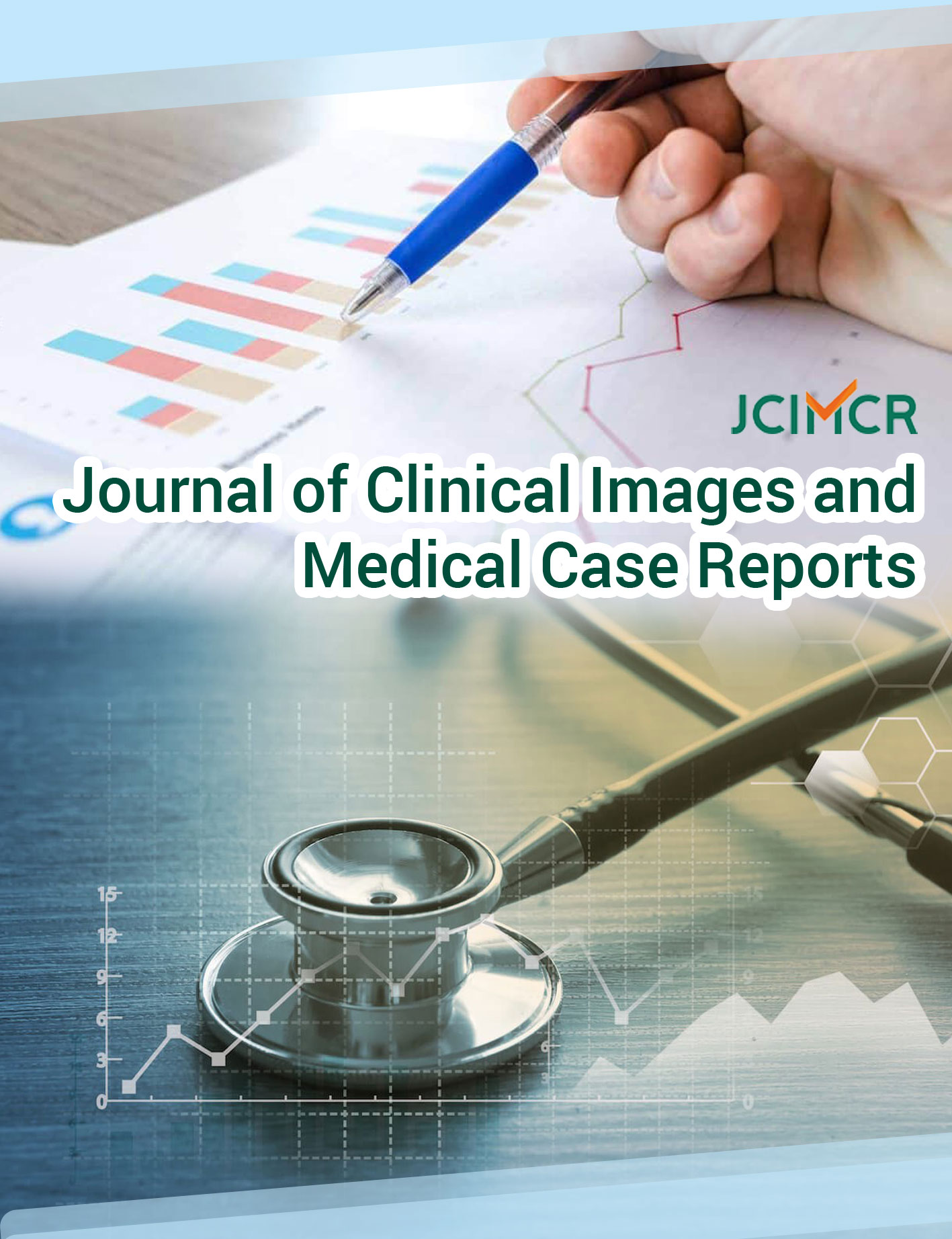
Journal of Clinical Images and Medical Case Reports
ISSN 2766-7820
Clinical Image - Open Access, Volume 5
Strongyloides stercoralis: A threadworm parasite causing intestinal infection
Amine El Hamraoui*; Naoui Hafida
Parasitology Department, Mohammed V Military Training Hospital, Rabat, Morocco.
*Corresponding Author : Amine El Hamraoui
Parasitology Department, Mohammed V Military
Training Hospital, Rabat, Morocco.
Email: amine.elhamraoui@gmail.com
Received : Sep 19, 2024
Accepted : Oct 24, 2024
Published : Oct 31, 2024
Archived : www.jcimcr.org
Copyright : © EI Hamraoui A (2024).
Citation: EI Hamraoui A, Hafida N. Strongyloides stercoralis: A threadworm parasite causing intestinal infection. J Clin Images Med Case Rep. 2024; 5(10): 3320.
Introduction
We report the case of a 47-year-old male, native and resident of the Republic of the Congo, who was visiting Morocco for a work mission. He had a history of type 2 diabetes on Oral Hypoglycemic Medications and dyspneic recurrent pneumonia dating three months before his hospitalization, treated with antibiotics.
Back in March 2024, the patient developed a persistent hiccup associated with a feeling of early satiety and late post-prandial vomiting of food. These symptoms evolved in a context of weight loss estimated at 20 kg in 6 weeks with asthenia and anorexia.
Abdominal examination was unremarkable. His abdomen was soft. Neither free fluid nor organomegaly was found. Complete Blood Count (CBC) showed anemia with a hemoglobin level of 12 g/dl and normal White Blood Cell Count (WBC) with severe eosinophilia (at 5600×103/mm).
An abdominal CT scan revealed a stenosis at the duodenojejunal junction without an evident thickening of the adjacent walls. An oesophagogastroduodenoscopy (OGD) was deemed necessary. It showed significant fluid stasis with erythematous pangastritis and erosive duodenitis. No obstacle was visualized beyond the descending part of the duodenum. Duodenal biopsy specimens showed a non-specific bulbitis.
A stool ova and parasite (O&P) test detected numerous rhabditiform larvae of Strongyloides Stercoralis (Figure 1).
The patient was then put on antiparasitic medications with significant regression of clinical symptoms.
Strongyloidiasis is a parasitic infection that is transmitted transcutaneously. It must be suspected in patients residing in tropical or subtropical countries, presenting digestive symptoms such as chronic diarrhea, to avoid any diagnostic delay and prevent progression towards hyperinfection syndrome.
